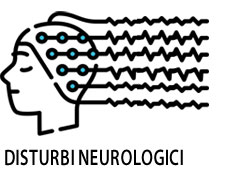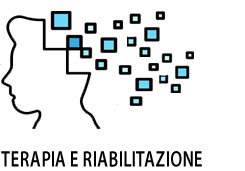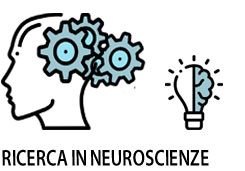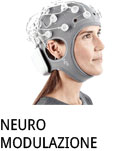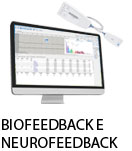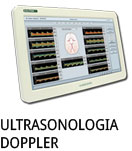- +39 011 5821948
- info@geasoluzioni.it
- Lun - Ven 8:00 - 17:30
rTMS of the dorsomedial prefrontal cortex for major depression: safety, tolerability, effectiveness, and outcome predictors for 10 Hz versus intermittent thetaburst stimulation
- Abstract:
- BACKGROUND: Conventional rTMS protocols for major depression commonly employ stimulation sessions lasting >30 min. However, recent studies have sought to improve costs, capacities, and outcomes by employing briefer protocols such as theta burst stimulation (iTBS). OBJECTIVE: To compare safety, effectiveness, and outcome predictors for DMPFC-rTMS with 10 Hz (30 min) versus iTBS (6 min) protocols, in a large, naturalistic, retrospective case series. METHODS: A chart review identified 185 patients with a medication-resistant major depressive episode who underwent 20-30 sessions of DMPFC-rTMS (10 Hz, n = 98; iTBS, n = 87) at a single Canadian clinic from 2011 to 2014. RESULTS: Clinical characteristics of 10 Hz and iTBS patients did not differ prior to treatment, aside from significantly higher age in iTBS patients. A total 7912 runs of DMPFC-rTMS (10 Hz, 4274; iTBS, 3638) were administered, without any seizures or other serious adverse events, and no significant differences in rates of premature discontinuation between groups. Dichotomous outcomes did not differ significantly between groups (Response/remission rates: Beck Depression Inventory-II: 10 Hz, 40.6%/29.2%; iTBS, 43.0%/31.0%. 17-item Hamilton Rating Scale for Depression: 10 Hz, 50.6%/38.5%; iTBS, 48.5%/27.9%). On continuous outcomes, there was no significant difference between groups in pre-treatment or post-treatment scores, or percent improvement on either measure. Mixed-effects modeling revealed no significant group-by-time interaction on either measure. CONCLUSIONS: Both 10 Hz and iTBS DMPFC-rTMS appear safe and tolerable at 120% resting motor threshold. The effectiveness of 6 min iTBS and 30 min 10 Hz protocols appears comparable. Randomized trials comparing 10 Hz to iTBS may be warranted.
- Patologie/Applicazioni:
- Anno:
- 2015
- Tipo di pubblicazione:
- Articolo
- Parola chiave:
- depressione; theta burst; corteccia prefrontale
- Testata scientifica:
- Brain Stimulation
- DOI:
- 10.1016/j.brs.2014.11.002
Hits: 2072
La nostra storia
GEA soluzioni si affaccia nel 2013 al mercato della strumentazione medicale di alto livello tecnologico ma la sua storia parte da più lontano, clicca qui per approfondire.
GEA SOLUZIONI SRL
via Issiglio 95/10, Torino
Tel.: 011 5821948 / 011 4463853
Fax: 011 0433281
Email: info @ geasoluzioni.it
P. IVA IT11696920013
REA TO1233648

